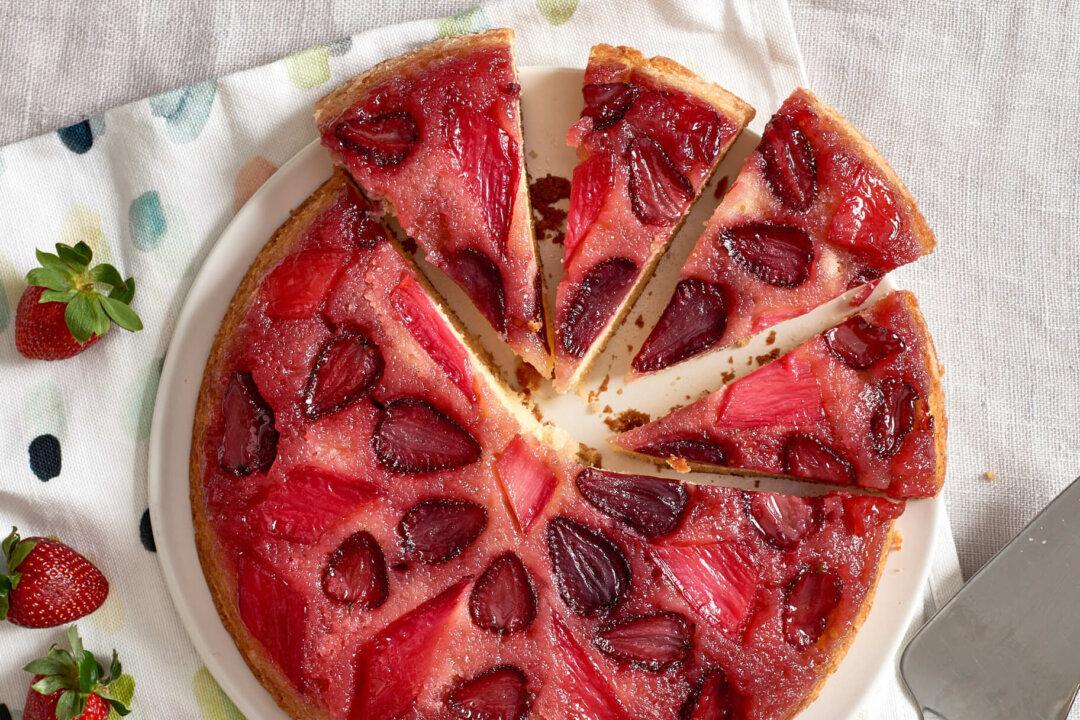Surely everyone is familiar with the classic pineapple upside-down cake, topped with rings of canned pineapple and dotted with neon-red maraschino cherries, all nestled in a brown sugar glaze. What many people don’t know is that nearly any fruit can be subbed in for the pineapple-cherry combo with fresh, delicious results. Read on for our basic recipe for making upside-down cakes with fresh fruits all year long!
Developed sometime around the turn of the last century, when canned pineapple was invented, the pineapple upside-down cake is a classic American cake that has probably passed the peak of its popularity. It’s true that tastes have changed over the last 100 years, and things like canned pineapple and maraschino cherries aren’t as popular they once were, but the upside-down cake, with its buttery brown sugar glaze balanced by the simple white cake below, still holds a lot of appeal.


